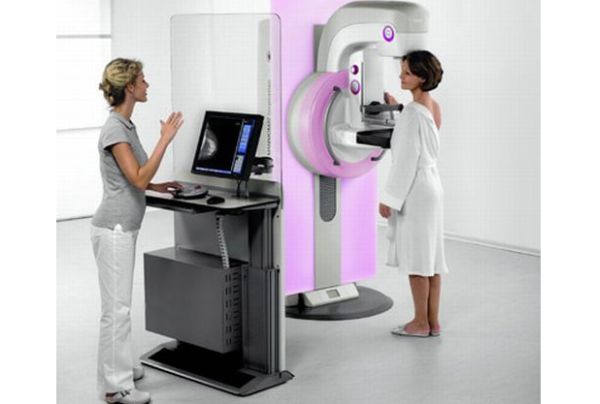
Mammography is a kind of test in which X-rays are used to detect breast cancer even in its early stages. The X-rays are harmful so it restricts to the minimum use of the same. Many women fall under the risk of breast cancer and there is a need to spread awareness against breast cancer. Read on the frequently asked questions related to the most common problem of women which is none other than breast cancer.
1. What are the benefits of mammography?
Self-examination of breast cancer is never a good idea because mammography is a real effective technique to detect it in the initial stage itself when the cancer is non-proliferative and the cancer doesn’t spread to the lymph glands if the test is done on time.
2. Who is recommended to go for mammography?
A woman is recommended to take part in breast screening program once she reaches the age of 50. In UK, this test is taken up in every 3 years till the age of 70. The program is conducted in every area and GP practices are carried out and no specific invitation is sent as this is meant for women above 50 years only. But prior to her 53rd birthday she does receive one invitation.
If you are 70 years old then make a call or write to the local breast screening unit to fix an appointment whenever it is happening next in your area.
Women below the age of 50 are not screened for the test because:
a. Younger women are less prone to breast cancer.
b. It’s not known if breast screening below 50 is cost effective or not.
c. The breast tissue of younger women is denser which makes detection tougher.
However, there are cases of younger women to have breast cancer if it is hereditary or if they have had a biopsy because of some abnormality.
3. What do I need to know before the examination?
Do not put any cream or talcum powder around the breast and under armpit before the test.
4. What happens during the examination?
The patient has to keep it bare till the waist and then each breast is positioned in such a way that they get flattened and compressed between two perplex plates. X-rays take the image of each breast. Many women find it painful and uncomfortable but the technique is quick enough.
5. What happens after the examination?
The results are told within 10 days of the test and the X-ray film is examined carefully. Very few patients are called for a second time if there is some investigation to be carried out further or if the X-ray isn’t clear. A second call for the test doesn’t mean that you have breast cancer. The statistics show that out of 10 women, 1 is a patient.
6. How accurate is mammography?
The technique is extremely sensitive and detects tumor at once. So, the chances of inaccuracy lie at par as the technique is fully reliable.
7. Is mammography safe?
Though the technique uses X-rays for detection but the radiation dose is too low and hence outweighs the cons of the radiations as the benefits take an upper hand.
8. Can mammography show whether the tumor is malignant or benign?
The abnormalities can be detected for sure but it’s difficult to find out if the tumor is benign or malignant. Hence other tests are recommended.
9. What further investigation may be important?
In case a patient is asked to come for a test again, she might be recommended to go for Fine Needle Aspiration Cytology or an ultrasound scan. Ultrasound scan is something that a woman is familiar as it is used to find out the activities of a baby in the womb at the time of pregnancy, the same technique is used to check if the lump in the breast is solid or liquid. If there is any kind of abnormality in the mammogram then ultrasound makes sure if it is non-cancerous or cancerous.
A needle is put into the lump to check if the lump contains liquid or if it’s solid. Then a few cells are taken out and viewed under the microscope. This is a very good and accurate method of testing the kind of tumor.
If the mammogram shows abnormal shadow but no lump then the needle is guided by X-ray machine to reach to the particular area and then the cells are taken out for diagnosis.
The lesions are removed by inserting a hooked-wire into the tissue and removing the abnormal area.




